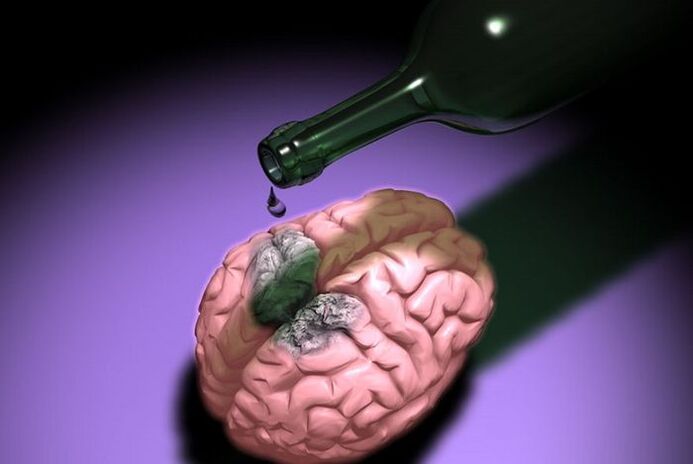
- If you eat greasy food, you won't get poisoned as quickly.
- High levels of animal and vegetable fats slow the absorption of alcohol and the digestion of the food itself.
- The fuller your stomach is, the longer it takes for alcohol to reach your circulation.
- The thicker your body fat is, the slower alcohol is digested and absorbed into your bloodstream.
- Weight: The heavier you are, the less effect alcohol will have on you.
- Your reaction to drinking 80 milligrams of alcohol may be completely different than someone else's. Generally, young people and women are more likely to drink alcohol.
Alcoholism – what is it?
- The prevalence and patterns of alcohol use among students were studied.
- The effects of alcohol on the bodies of children and adolescents were studied.
- The relationship between academic performance and alcohol consumption was determined.
- An anti-alcohol education program was developed and tested.
- "Promote health"
- "appetite"
- "Growth improved"
- "Relieving Teething Problems"
- "warm up"
- "to satisfy hunger"
- "calm"
six stages of alcoholism
- family drunkenness
- early alcoholism
- basic alcoholism
- chronic alcoholism
- cure
- The final stages of alcoholism
























